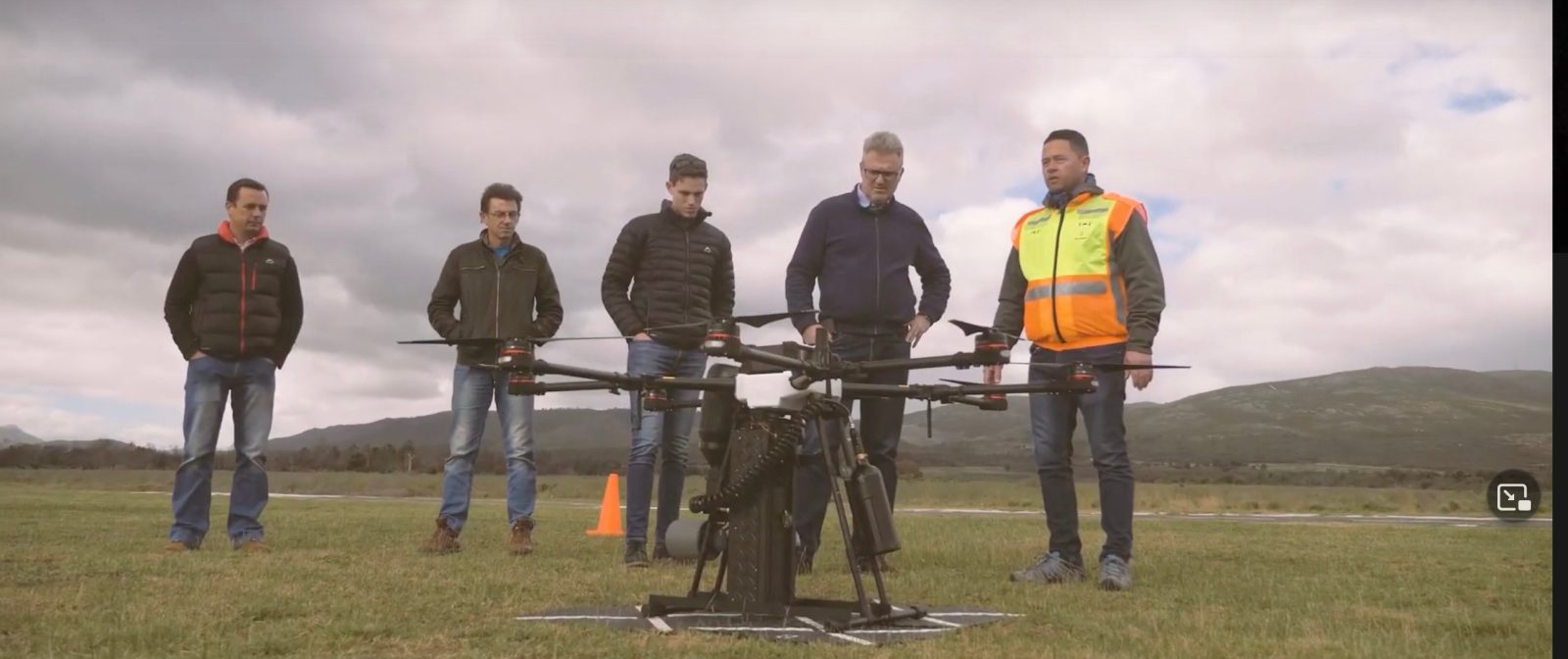
Many companies have factored measures to combat global warming into their business plans. But for Australian startup AirSeed Technologies, reducing carbon levels is its business plan – and one driving the company’s ambition to plant 100 million trees using drones by 2024.
That objective sounds crazy, but Airseed Technologies executives say they’ve developed both the drone tech and seeding process to be able to get huge areas of land sewn with future trees 25 times faster and 80% cheaper than previous methods. Those assets are the arms the company is using to fight global deforestation trends, which have wiped out 1.3 million square kilometers of trees since 1990, or 15 billion trees annually. That results in 1.49 million tons of carbon failing to be eliminated by plant life each year.
To reverse that, the company has used its specially adapted octocopters to plant 50,000 trees thus far, en route to its 2024 objective of 100 million.
Airseed Technologies is pursuing that goal using autonomously flying drones equipped with a pneumatic device that shoots seedballs deeper into the soil than simple aerial drops can achieve. The UAV and its firing system bury two seeds in the ground per second, or a rate of 40,000 future trees planted per day compared to 800 by normal methods The craft are programmed to fly precise grids that completely cover targeted terrain. Each pod of seeds is mapped using GPS units so germination and growth can be monitored during later flights.
Staffed by a team of experienced professionals with engineering, agriculture, marine, and terrestrial micro-biology backgrounds, the company is working to fulfill its target with a palpable sense of urgency. According to the United Nation’s Intergovernmental Panel on Climate Change, the world only has a decade to reduce rising carbon emissions before irreversible and catastrophic consequences of global warming become unstoppable.
“The importance of reforestation – and stopping deforestation – to help sequester the C02 out of atmosphere (and) mitigate the level of warming over the course of the next 30 years (is vital to) give the next generation a fighting chance of having the earth left in a sustainable way,” says Airseed Technologies cofounder and CEO Andrew Walker. “That’s the start of what we need to be doing. We need to act today.”
The specialized drone is only half of Airseed Technology’s XXXL effort to get more trees growing across countless acres of bare land. It has also developed a way of enveloping seeds to favor sprouting while protecting them from insects, rodents, and decay factors that claim an average of 30% of any plantation program.
Seeds selected as compatible with terrain being sewed are packed into a hard mix of various elements that shield them from munching predators, and nourish them once they sprout. Meanwhile, the company collects and uses rotting vegetal waste that itself emits carbon gases as part of its pod, effectively placing that latent C02 in the ground. When it rains, the carbon soaks up water, which encourages seed germination, thereby favoring the growth of trees that will suck emissions from the air. C02 thereby helps in eliminating C02.
The result is a successful germination rate of 80%, and rapid, affordable capacity of drones to plant seeds that has Airseed Technologies feeling confident its crazy-sounding target of 100 million new trees by 2024 is within its reach.
FTC: We use income earning auto affiliate links. More.



Comments